Any devoted car owner, despite not being a total gearhead, must understand and pay attention to his engine’s well-being at all times, as many issues can affect this delicate and complicated component.
A common malfunction is engine surging, and knowing how to fix this in under 45 minutes is a maintenance tip you must master early.
Engine Surging: Common Symptoms To Keep Eyes On
The internal combustion engine relies on the precise cyclical operations of a multitude of parts, including precise air/fuel mixture, spark timing, and exhaust management.
The slightest malfunction in any part will make an engine’s cycles deviate from what is optimal, impeding the engine’s performance.
This issue is often referred to as engine surging, or rapid acceleration or deceleration cycles. You might come across either engine surging at idle or car surging while driving.
The good news is in many cases, engine surging can be repaired with little cost!
Surging or misfiring
Engine surging is different from a difficult start or a no-start problem. “Surging” does not refer to a knocking engine or one that idles rough or stalls.
It is when an engine starts easily and accelerates smoothly, however, after a few minutes at a steady speed, it either surges in speed or misfires.
Misfiring happens when one of the cylinders of an engine’s combustion cycle fails. Since an engine has four cylinders, the car would still run if one cylinder failed.
Surging speed and misfiring both generally cause the engine to run rough, jerk, or buck. If you’re experiencing either, the first thing to do is to perform some inspection before heading to a mechanic.
In some cases, you can fix the root of the issue in your garage with available tools. Meanwhile, if the cause requires complicated fixes, it’s best to leave it to a professional.
Check Engine Light on
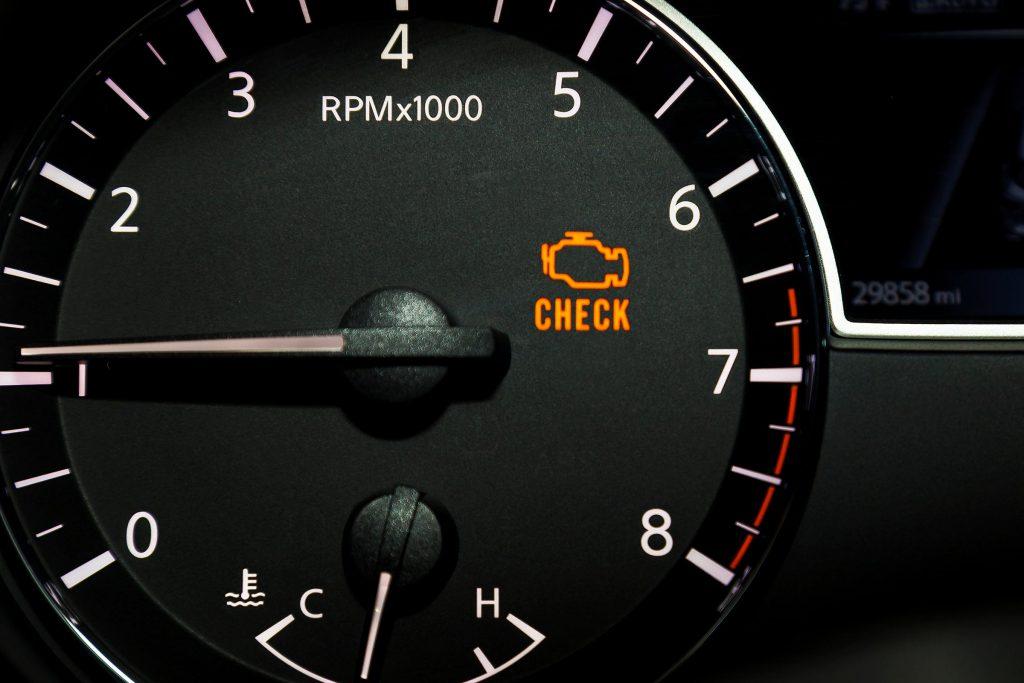
Whatever the cause, if your car’s engine is misfiring or surging, your OBD-II Diagnostics system will show error codes and the Check Engine Light will glow on your dashboard.
Engine Surging: Causes & Troubleshooting
Below are the most common causes of engine surging. While some are relatively simple and cheap DIY maintenance, some require a professional inspection and fix.
The electronic control module’s adjustment
When any one of an engine’s carefully controlled parameters deviates from what the Electronic Control Module expects, it will automatically adjust air intake, fuel injection, and spark plug timing to get everything back to how it should be.
Each time, this Electronic Control Module will almost invariably overcompensate, causing engine surging problems.
Vacuum leaks
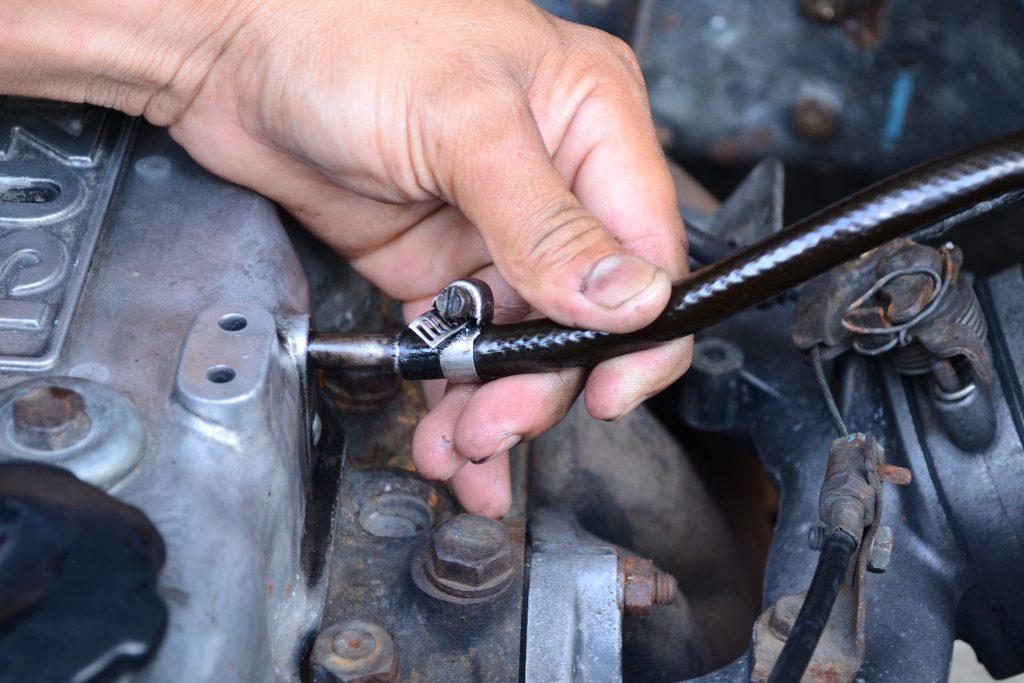
Vacuum leaks most commonly occur in the hoses, which are most prone to wear and tear due to the underhood heat from the engine.
Vacuum leaks can cause car surging when accelerating on engines with either a Mass Air Flow system (MAF) or Manifold Air Pressure (MAP) system. Regarding engine surging while cruising, it depends on the type of fuel injection system.
An internal combustion engine needs a mixture of air and fuel to create a combustion. The MAF systems measure the amount of air flowing through the engine’s throttle body and use that information to determine how much fuel to inject.
Vacuum leaks in an MAF system will usually cause a rough idle, but often will not result in engine surging under cruise.
Meanwhile, a MAP system extrapolates air flow from the intake manifold’s internal air pressure. A vacuum leak in a MAP system can cause engine surging while cruising.
The fix: Check and replace vacuum lines as required by following this definitive guide on how to find a vacuum leak.
Bad gasoline
Oxidation of gasoline after spending some time in storage is a natural process. Gasoline will react with oxygen to produce carbon dioxide, water, and contaminants like nitric oxides and loose carbon molecules, losing its potency.
In other words, oxidized gasoline also contains or is contaminated with air. Once the engine is injected with this bad gasoline, its Electronic Control Module will read this as a “lean burn” or too much air conditioning.
A lean burn is not optimal for the engine, as a combustion engine strictly requires a fixed ratio of fuel and air to operate.
In attempting to adjust, the Electronic Control Module injects even more of the bad gasoline to rebalance the air-fuel ratio. This essentially causes a lack of flame in the engine’s combustion chambers.
Once a lack of flame is detected, it slows down on fuel injection, again runs lean, then overcompensates, and must repeat this cycle over and over again to keep running. This repeated lean burning and overcompensation will cause the engine to surge and stall.
The fix: Remove the tank and siphon the bad gas out by using a garden hose. Then refill the dry clean tank.
EGR valve stuck open
The Exhaust Gas Recirculation (EGR) valve is an important part of your car’s emissions system. It recirculates exhaust from the engine’s combustion chamber to burn again rather than sending it to the emission system, thereby reducing emissions.
The EGR valve opens and closes during the engine’s cycles. If the EGR valve is stuck open, exhaust gas cycles back into the chamber when they are not supposed to.
The engine cannot combust on too much of the carbon dioxide in the exhaust gas, meaning there’s not enough oxygen for combustion to take place.
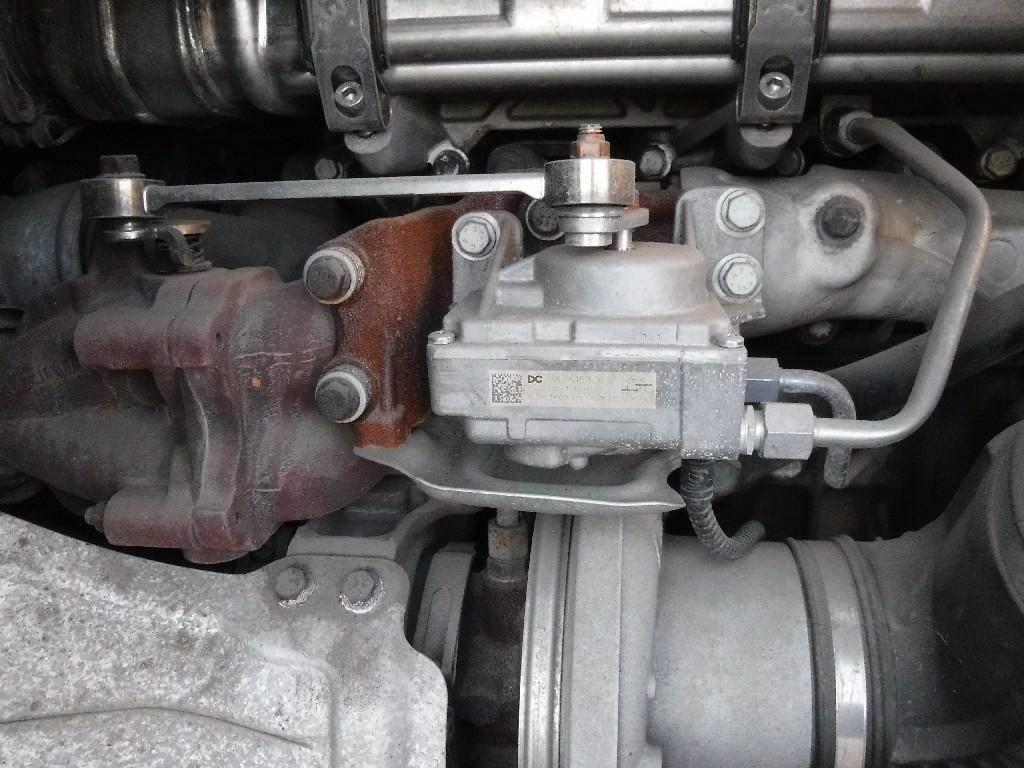
The Electronic Control Module will overcompensate by allowing more air to enter through the intake manifold, leading to the engine running lean. As explained above, lean burning will cause cycles of engine surging.
The fix: Replace the EGR valve.
Faulty electronic control module
As explained above, the Electronic Control Module regulates the operation of many components to ensure the engine gets what is optimal to run effectively and compensates when there is a deviation.
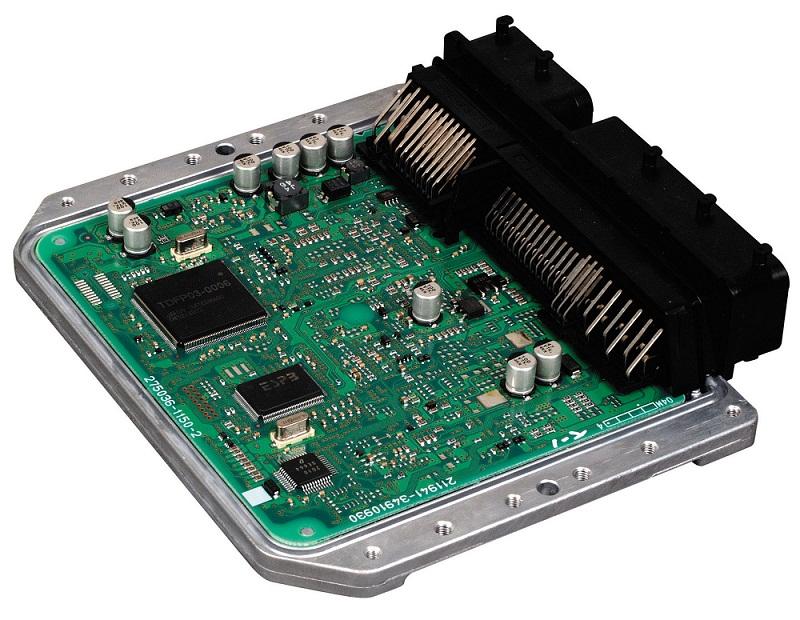
When the Electronic Control Module malfunctions due to any reason, it will not do its job properly, for instance, it can suddenly inject more fuel into the combustion engine, resulting in an engine surging.
The fix: This is generally not a DIY job. Have a mechanic test the Electronic Control Module and repair or replace components as required.
Clogged fuel filter
An engine’s fuel injectors contain very fine mesh filters, which can just as easily clog. A clogged fuel filter will reduce fuel pressure, prompting the Electronic Control Module to open the fuel injectors wider to maintain the same amount of flow.
Once the fuel filters are forced open this way, fuel pressure rapidly rises, which injects more fuel into the engine than it needs, causing what you would experience as the engine surges.
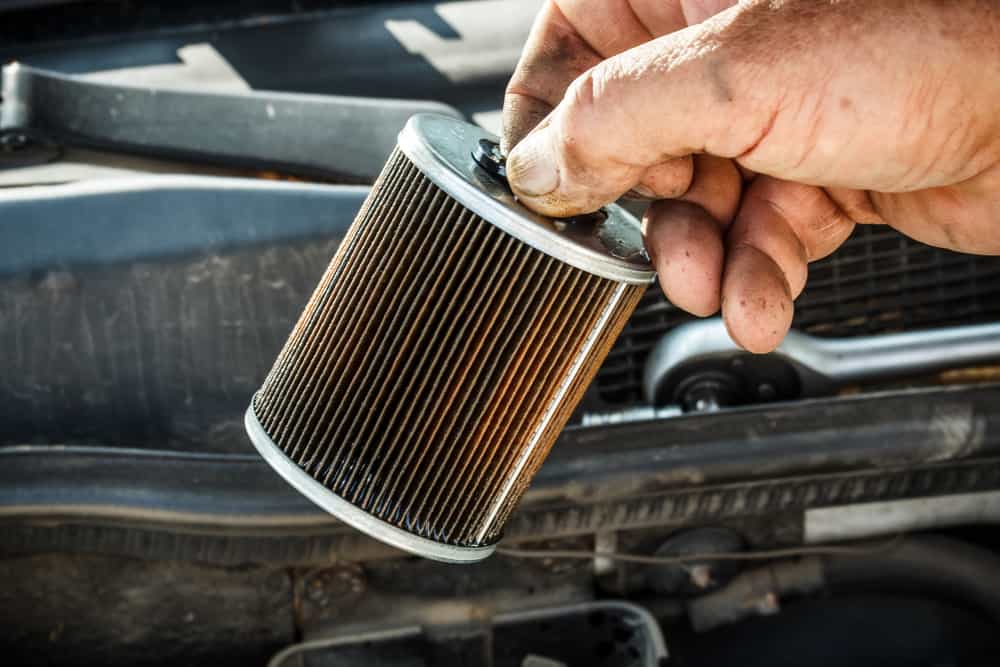
The Electronic Control Module then compensates by shutting the injectors, resulting in another fuel pressure drop. The above cycle therefore would repeat, causing repeated engine surging.
The fix: How to change fuel filter by yourself
The engine running too hot
An engine can run too hot, often caused by low coolant levels or air bubbles in the cooling system.
When an engine is overheated, the head gaskets might typically blow, which can cause the coolant to leak out and draw in air.
Similar to what happens when you’re running on bad gasoline as explained above, more air entering the engine will cause a cycle of engine surging.
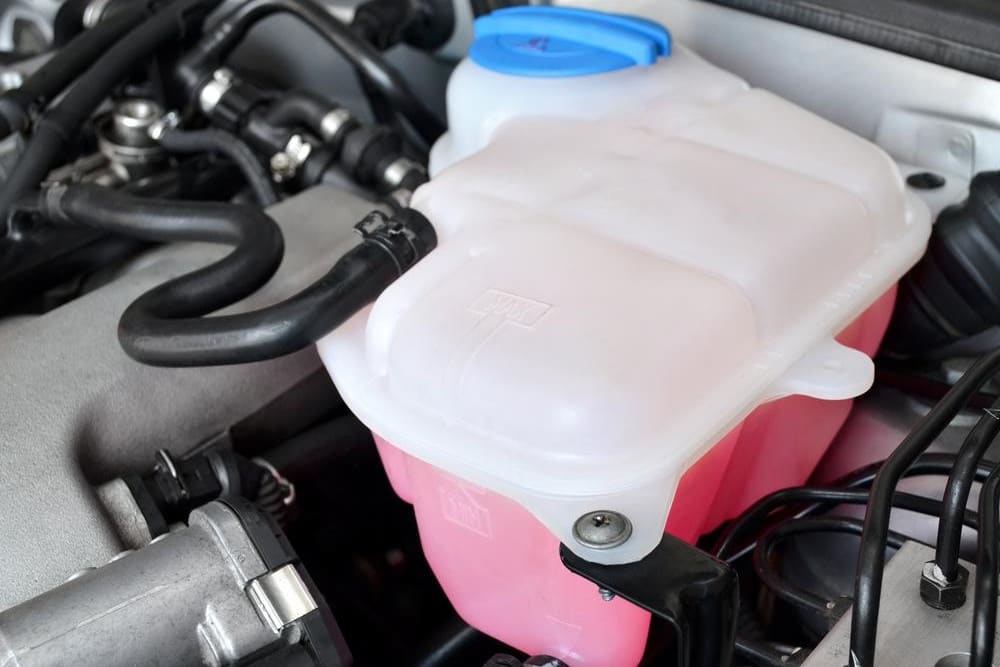
The fix: Check and refill coolant or get rid of air in the cooling system by referring to How to flush a car’s cooling system.
Fuel pressure regulators operating at low pressure
If a fuel pump is failing or the fuel pressure regulator is operating at low pressure, it can cause an incorrect fuel volume or fuel pressure in the fuel system.
As explained above in the previous sections, if fuel pressure is reduced or when the engine is running lean, these deviations will result in cycles of engine surging.
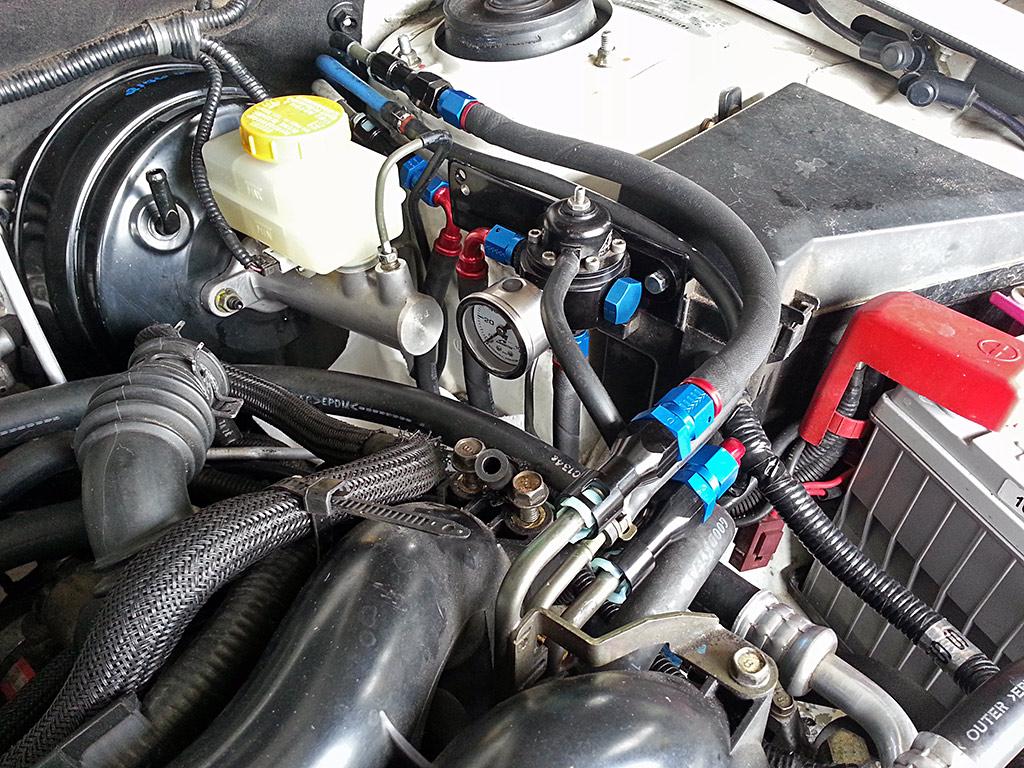
The fix: These are generally not easy DIY jobs. Check fuel pressure with a fuel pressure gauge. If low, take it to a mechanic, as repairing or replacing a fuel pressure regulator.
For more on how to check and replace bad fuel pumps, refer to the guides below.
Wrong ignition timing
Without a spark, there would be no way for the air and fuel mixture to ignite in the engine’s chamber, causing combustion.
The spark plugs will transmit an electrical signal from the ignition coil at a predetermined time to create a spark that ignites the air-fuel mixture.
The timing of such ignition has to be precise. If the ignition timing is wrong, the air and fuel ratio will not be burned efficiently, the combustion process will not be optimal and the engine’s performance will surely be affected.
For instance, if the timing is too far advanced, or much earlier than it should be, it will cause the fuel and air mixture to ignite too early in the combustion cycle.
This can lead to overheating of the engine. As explained above, an overheated engine can cause an engine surging.
The fix: Have a professional adjust ignition timing.
The ignition system causes a weak spark
A weak ignition spark can be caused by many possible problems in the ignition system, including faulty distributor caps, rotors, wires, spark plugs, and coil packs.

When a weak combustion occurs, the cylinder will not be contributing full power to the crankshaft. There will be unburned fuel left, which will foul the spark plug.
The resulting loss of power will increase the demand for ignition. The Electronic Control Module will overcompensate, leading to engine surging.
The fix: This is a problem you can troubleshoot and fix in your garage. Check and replace the distributor cap, rotor, ignition wires, and spark plugs. Otherwise, check for faulty coil packs.

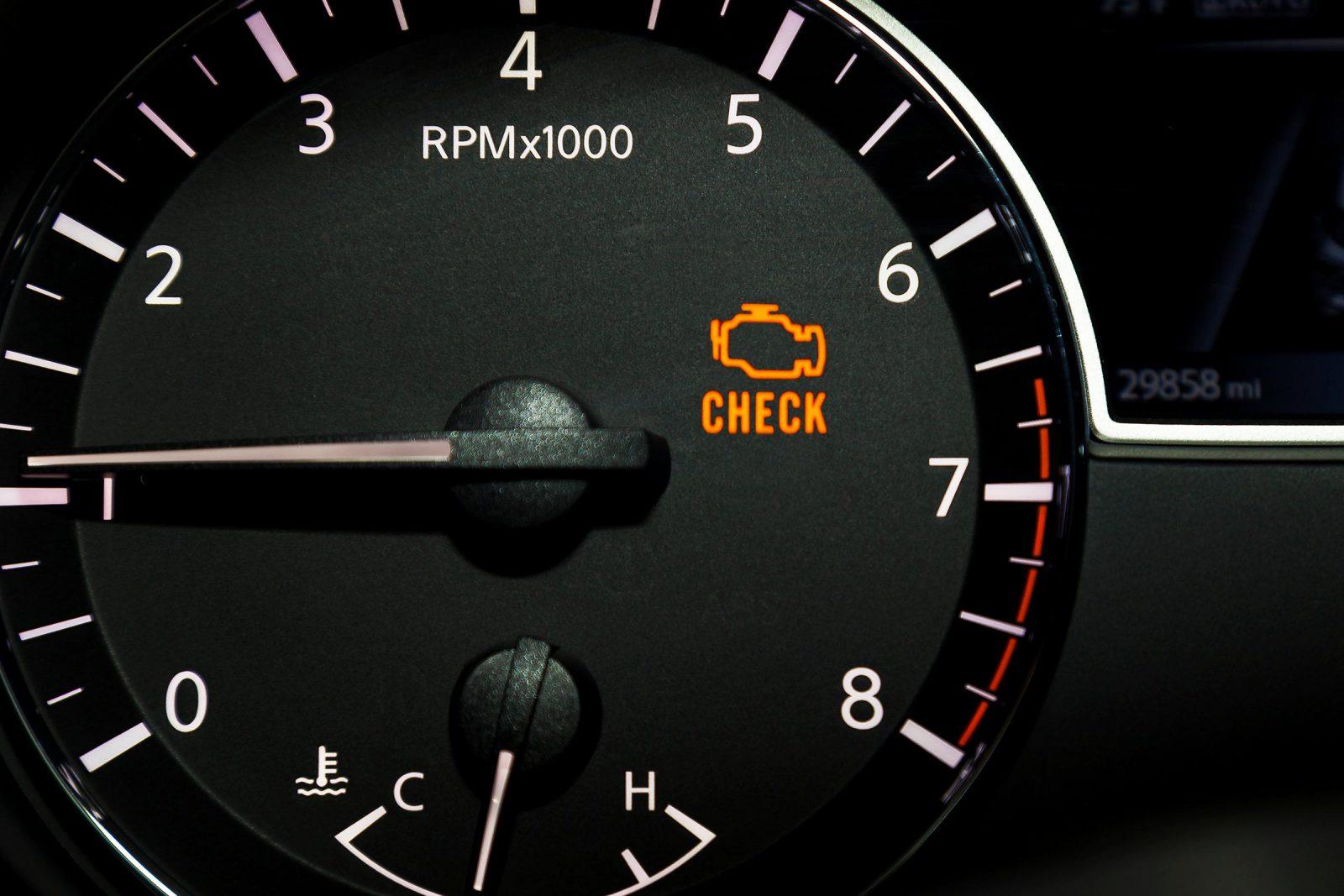


Hi,
This is a great article and it helped me a lot. Also, my wife is from Osaka! I have a 2014 Volvo S60 that has rough acceleration and hunts at cruising speed. It only does this in automatic though and there is no hunting when in manual. I suspect it is a software/programming issue vice a mechanical one since it only occurs when the computer is controlling when shifting, but I’m likely wrong. Any ideas? Thanks!